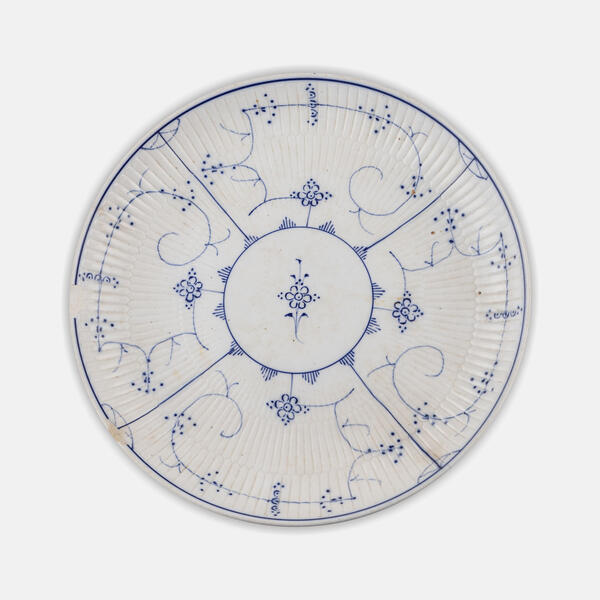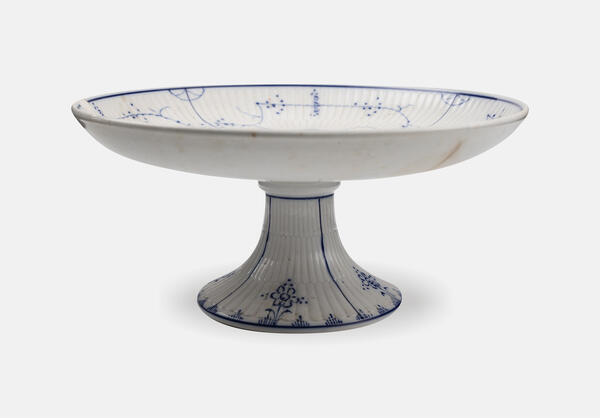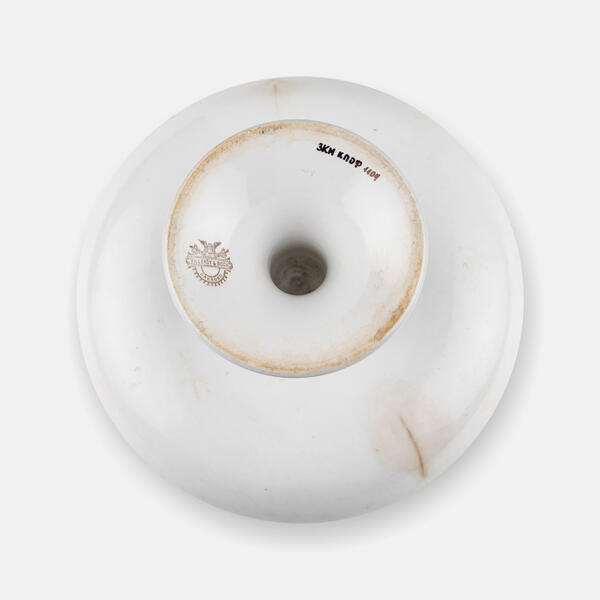The museum’s exhibition dedicated to the history of the Cranz resort features a lot of tableware with the logos of hotels and resorts. These artifacts show what kind of tableware was used to serve food and drinks at such villas as West End, Victoria, and even Krell. The exhibits include a fish plate, a fruit bowl, and a small cup by Villeroy & Boch.
The history of Villeroy & Boch began in 1748, when François Boch, a cannon founder from a village in Lorraine, decided to start a business: together with his three sons, he began manufacturing ceramic crockery. Their production flourished, and soon the Boch family enterprise was permitted to call itself a royal manufactory. In 1829, the Boch family launched the production of a new type of white earthenware at their Mettlach factory. It was so similar to porcelain that it was called porcelain stoneware. None of the competitors could match this achievement.
In 1791, together with two partners, the businessman Nicolas Villeroy acquired an earthenware factory which later became a serious competitor to the Boch company. It is hard to tell what the fate of the two leading manufacturers of high-quality porcelain would have been if not for the development of the dominant English industry. In 1836, Boch and Villeroy signed an agreement on the merger of their companies, because together they could compete with the English more successfully.
The rise of Villeroy & Boch on the European market began. In 1850, the production of bone china and ceramic products was established, and the range of colored tableware was expanded. The company supplied many products to the European market as well as across the Atlantic to North and South America.
Among the many relatives of Villeroy and Boch, there were talented artists who contributed to designing the ceramic products manufactured at the family factories. Nicolas Villeroy was renowned for his landscape engravings. Anna and Eugène Boch, whose uncle was the famous Eugen von Boch, also became artists, and thanks to them, many prominent representatives of the German Art Nouveau style participated in designing ceramic tile patterns and washing vessels.
Villeroy & Boch entered the 21st century as one of the largest ceramic
manufacturers. Through ups and downs, the legendary firm continues to develop innovations
while also honoring its traditions.





